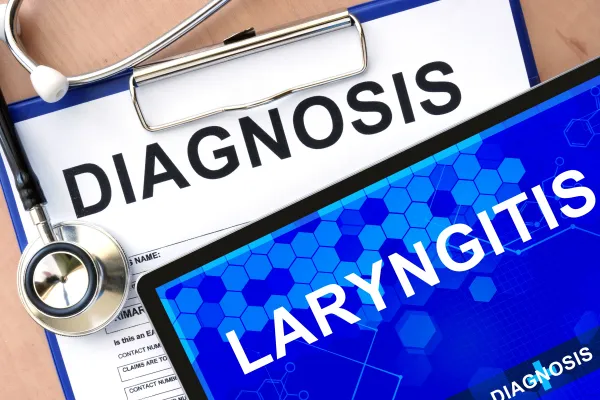Are You Using All Your Options for Sialoadenitis Coding?

Don’t forget you have 4 diagnoses now.
When the otolaryngologist diagnoses sialoadenitis – inflammation of the salivary glands due to obstruction of the gland or a duct – you now have four codes to help report the condition more accurately.
In the past: ICD-9 only had one general diagnosis for the condition: 527.2 (Sialoadenitis). This code also applied to parotitis, sialoangitis, and sialodochitis.
ICD-10 shift: ICD-10-CM expanded sialoadenitis into four K codes with fifth-digit characters to indicate whether the condition is acute, chronic, recurrent, or unspecified:
Documentation: The physician will use information from the physical examination and various imaging tests to support a diagnosis of sialoadenitis. This condition presents most commonly with pain and swelling in the area of the affected salivary gland. Nonetheless, your physician’s notes must distinguish accurately between sialoadenitis and other causes of rapid facial swelling, such as an acute infection.
Coder tips: To test for sialoadenitis, the physician might decide to order x-ray to help visualize and identify salivary stones (calculi). If the x-ray is not diagnostic, she might inject radiopaque dye into the patient’s salivary gland duct (sialography). She might also use diagnostic ultrasound imaging. Report these tests as appropriate, with codes such as 70380 (Radiologic examination, salivary gland for calculus) or 70390 (Sialography, radiological supervision and interpretation).




